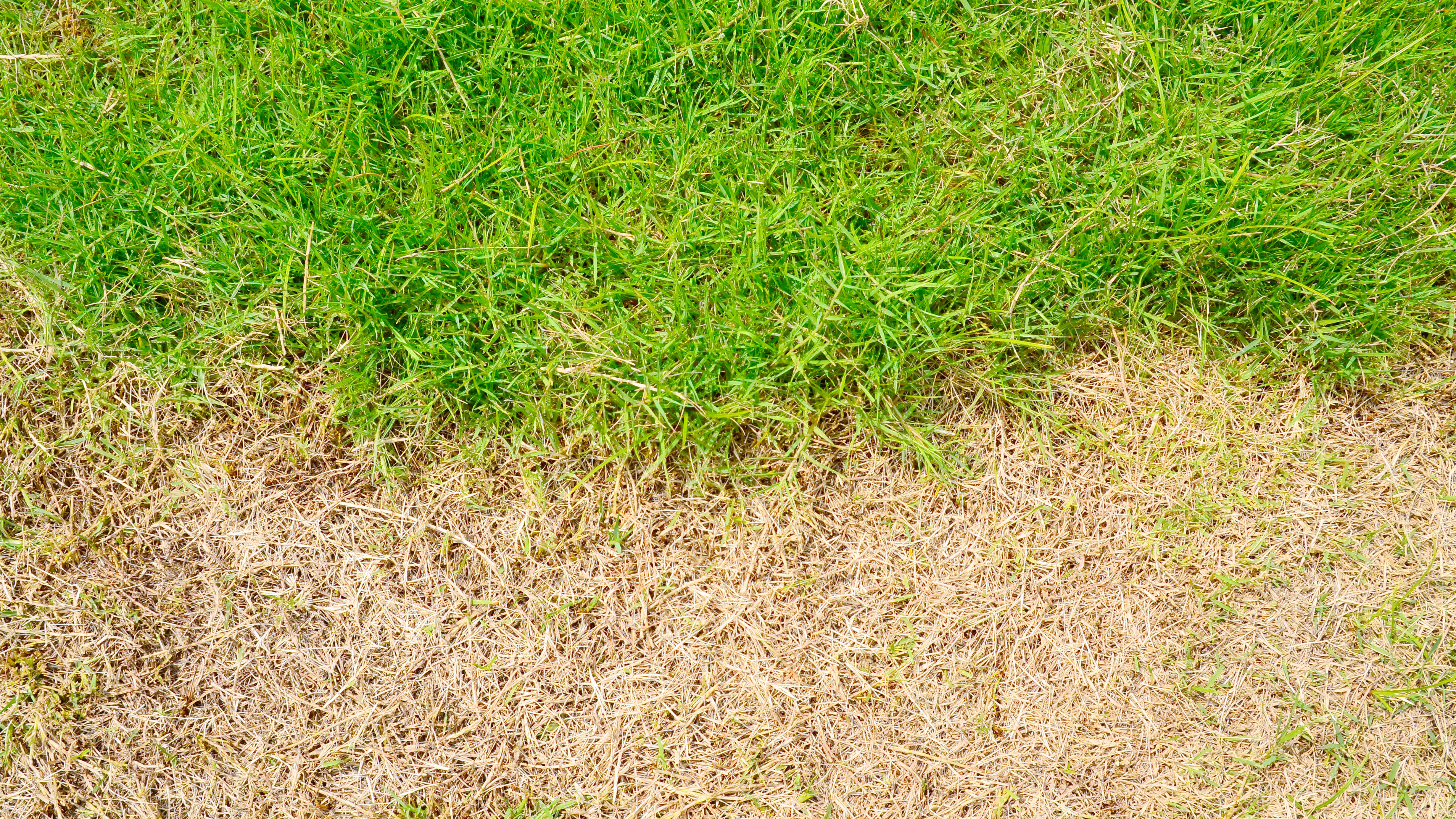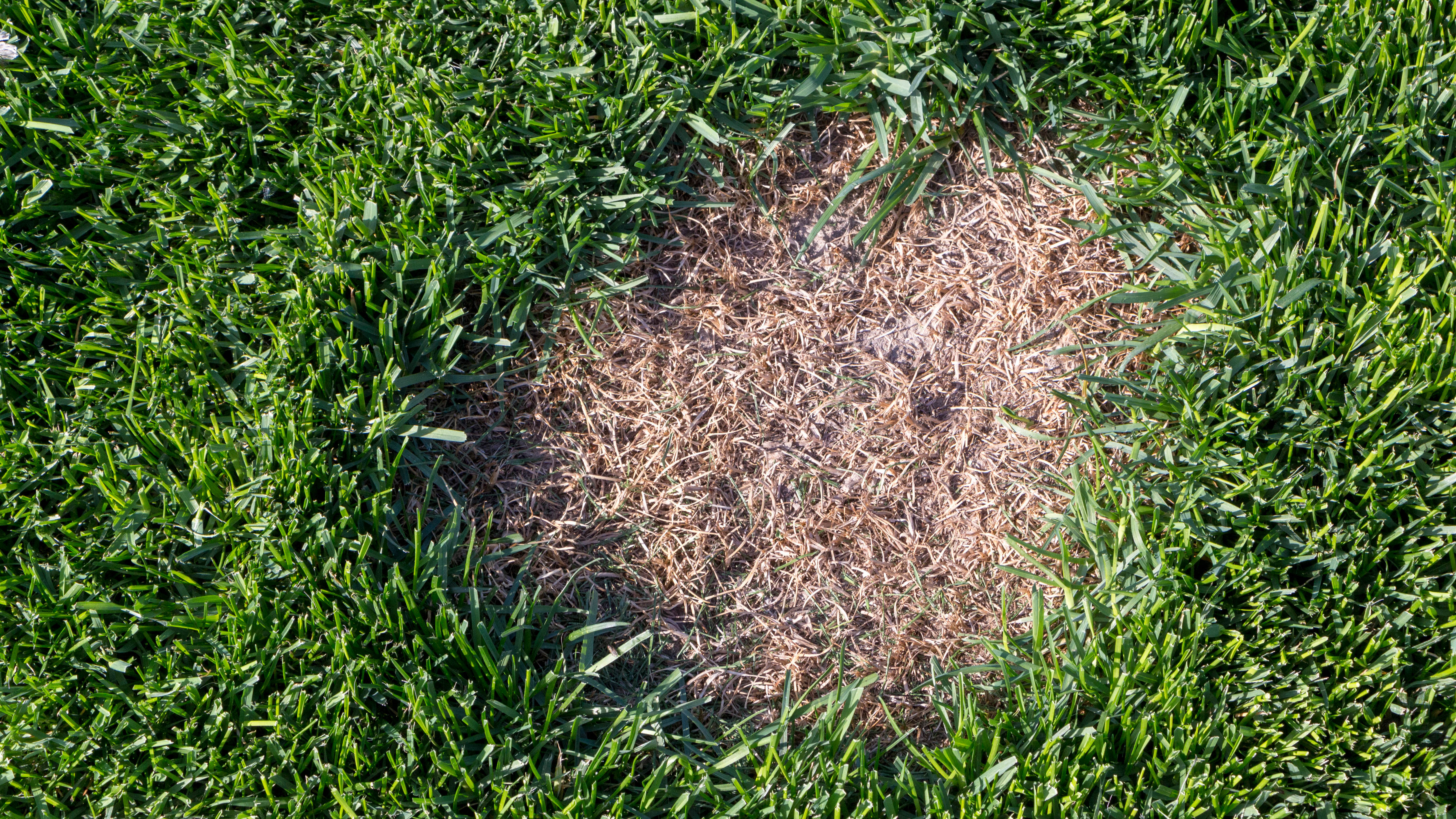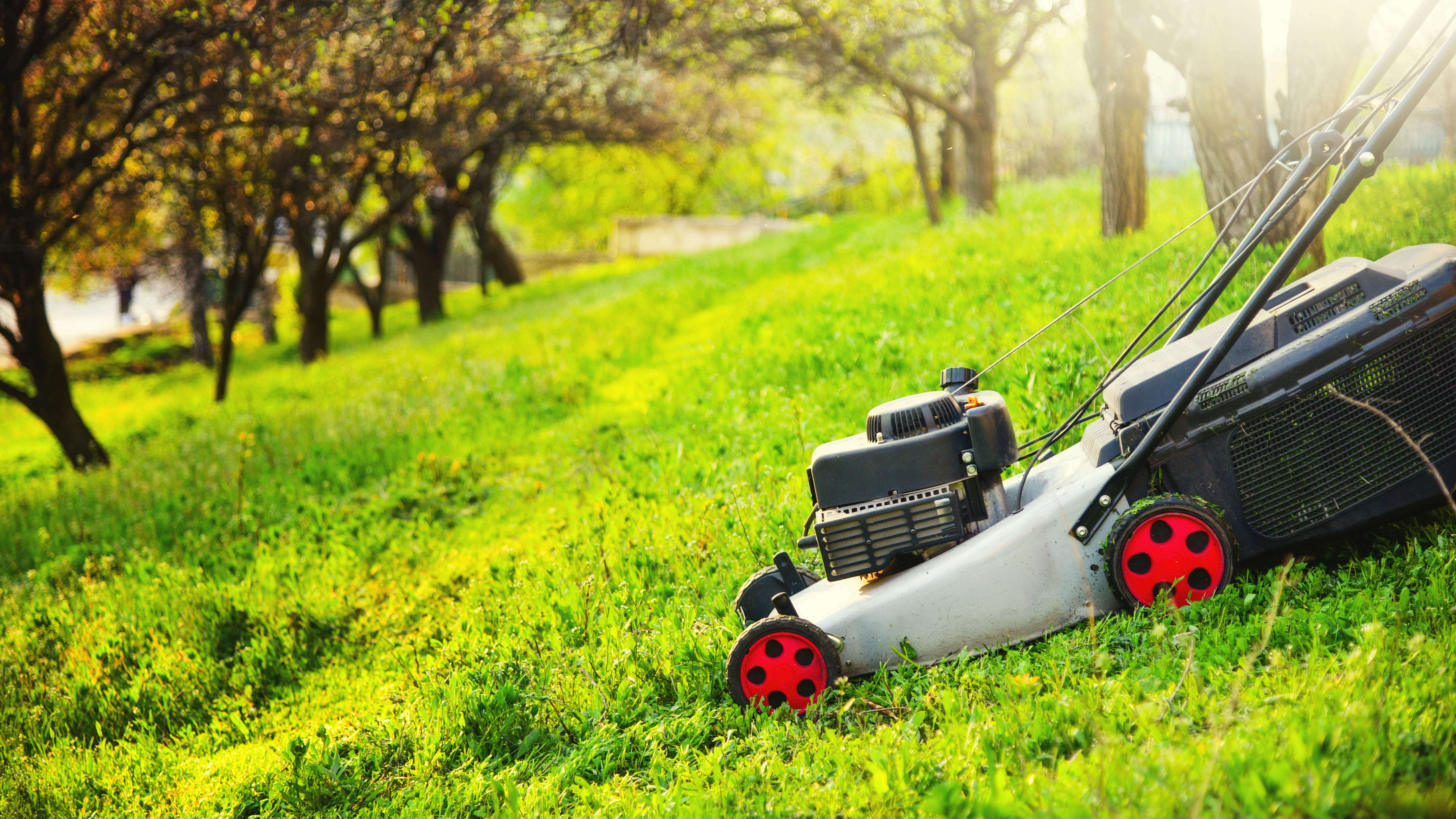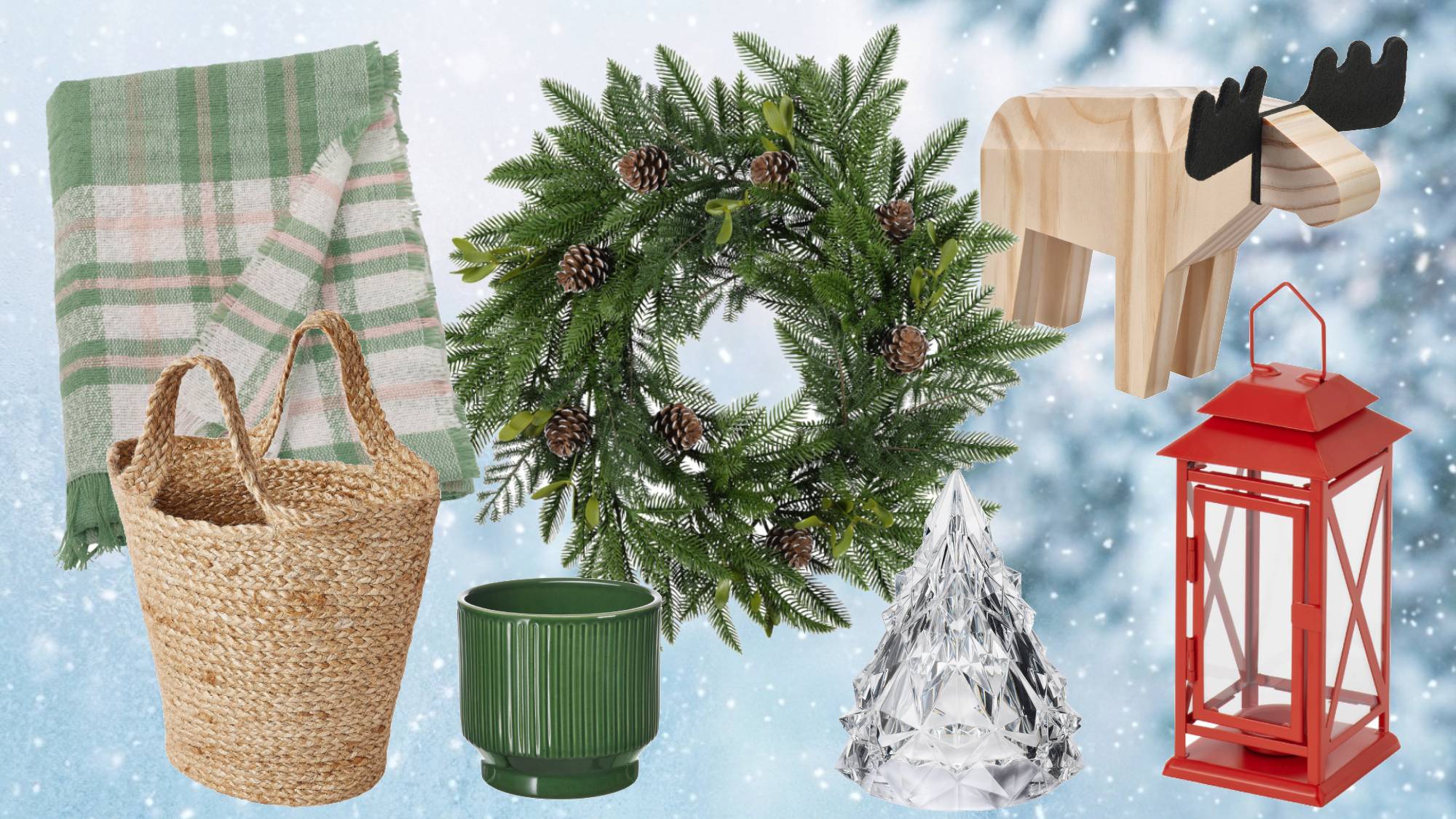9 signs that you’re cutting your grass too short
Here’s what happens when you cut your lawn too short

While summer may be over, our lawns still need regular attention. We can indeed cut down on our watering schedule, speaking of which here’s how much you should water your lawn to keep it green. And weeds are less abundant at this time of year too, although here are 5 surprising reasons you should let weeds grow in your yard. Similarly, the lawn mower won’t need to come out as often, but we can still damage our yards with this chore nonetheless, namely by cutting the grass too short.
Cutting your grass short may seem like a winning idea — it looks more uniform, and it means you won’t have to mow it again so quickly, right? Wrong! Cutting more from your grass than necessary will actually impair its health, leading to no end of issues and expensive repairs.
So ultimately you could be doing more harm than good with this common habit. To help you recognise when you’re cutting too much from your lawn, we listed 9 telltale signs here, as well as what height you should be cutting the grass to.
1. The health of your lawn suffers

First of all, the health of your lawn will deteriorate in general if you’re cutting the grass too short. Each blade of grass is part of a plant, and just like any other plant, it uses photosynthesis to generate nutrients.
According to the landscaping experts at Toolstation, grass absorbs "energy from the sun, along with carbon dioxide and water, to create nutrients. Cutting your grass too short will reduce the amount of sunlight it can trap — limiting the amount of food it can produce for itself."
As a result, your grass won’t have access to sufficient nutrients, so its growth will suffer. It will eventually appear more thin and sparse, rather than thick and lush, and you might find yourself having to apply more fertilizer than necessary to give it adequate nutrients.
2. Weeds are abundant

If your lawn is thin and weak, this unfortunately will make it more vulnerable to weeds, such as crabgrass and dandelions. When grass is limited, there will likely be more space in the soil for weed seeds to germinate, and because the grass is stressed, it won’t have the energy to fight off these unwelcome visitors.
Get instant access to breaking news, the hottest reviews, great deals and helpful tips.
In fact, grass cut too short will focus its energy on recovering and growing the leaves, rather than deepening the root system. As a result, it will be much weaker against any impending weeds.
3. Insects move in

Along with the weeds, you need to be aware of insects as well. While everyday insects can be a good thing for a healthy lawn, some can cause extensive damage while your grass is weak, particularly if your yard suffers from an infestation. Grubs which feed on grass roots, such as billbugs and white grubs, can be fatal if they move in.
A healthy lawn will be less susceptible to these infestations and will require fewer applications of insecticides as a result.
4. Brown patches of grass

If your grass appears brown in places, you need to ease up with the lawn mower. The stem of the grass is actually brown in color, and that’s potentially what you’re looking at here.
The experts at Toolstation continue: "Brown patches are another indication that you’ve cut your lawn too short. These suggest you’ve cut into the crown or growing point and killed some of the plants.
Usually, these patches recover on their own. For more severe patches, avoid fertilizing to begin with. Be patient and keep your lawn well-watered. Only feed it once it’s regained its strength."
So, if you spot brown patches, you should definitely increase the height setting on your lawn mower, otherwise you could be killing your turf.
5. Diseases are frequent

While mowing your lawn to the correct height can help fend off some diseases, if you cut it too short and weaken your grass, that unfortunately makes it more susceptible to disease. Healthy grass will have more energy to fight off everyday diseases, but weakened grass will struggle.
This means even if your grass survives everything so far, in its current state it could be finished off by a common fungal disease such as Red Thread or Summer Patch.
6. The heat is a killer

The heatwaves have been hard enough on our drought-tolerant plants, let alone our backyards. And add to that, if the grass is cut too short, things are only made worse. Grass which is too short and consequently sparse won’t provide adequate shade for the crowns. The crowns are then overly exposed to sunlight, which can cause a lot of stress.
The experts at Toolstation advise: "you’ll want to look out for wilting, especially after warm weather. Warning signs include brown blades cropping up among the green ones. If you know a heatwave is on its way, let your grass grow out a little. Longer grass is more resilient to the heat."
7. Mowing the lawn in a rush

If you mow the lawn in a hurry, you can end up cutting areas much shorter than you intend. This is especially the case if you’re dealing with uneven terrain and stick to one setting.
Toolstation continues: "Uneven ground can make [mowing] tricky - meaning high points often look a little bare, while dips in the lawn can be especially lush."
If your ground is uneven, you should take the time to adjust the settings on your lawn mower to suit the level of the terrain. Otherwise, some sections will end up scalped and cut much shorter than others.
8. Your lawn requires more maintenance

Considering all of the above, your yard is naturally going to need much more work if you’re cutting the grass too short. You will likely spend more on pesticides, weed removal, fertilizer and fresh grass seed than you need to. So while this habit may have stemmed from the idea of saving yourself time between mowing sessions, it’s ultimately counterproductive, wasting money as well as time as you apply the repairs.
You could also be putting your mower under additional stress by cutting tall grass to a short height in one session. Some models will be more powerful than others, but the motor is still likely to struggle as it’s usually biting off more than it can chew in these instances. You can alleviate this strain by setting your lawn mower to the highest height setting, although you will need to run the mower for a prolonged time should you need to pass over yourself to take it shorter.
Watch out for foreign objects which can also easily be hidden in the tall grass; these too put your mower at risk.
Only cut grass at a height that your lawn mower is designed to deal with; if it's too tall, use a string trimmer first.
9. You avoid the chore

If you hate mowing the lawn (you’re not alone) and often leave this chore on the backburner, only addressing it when it’s absolutely necessary, odds are you will take any shortcuts you can to avoid doing it again in the near future. That means, if you dislike mowing, you might well be cutting it shorter than you should just to buy yourself more time, or so the thinking goes.
It’s better to create a schedule for mowing your lawn, so you can plan ahead in terms of when it needs doing, and how much time you need to set aside for the task. By cutting less away more regularly, you will be promoting the health of your lawn, and save the time you might spend making repairs otherwise. Pre-scheduling the chore and sticking to it also makes the task seem more approachable and achievable, not to mention it deters excuses to avoid it.
What height should you cut your grass?
The ideal height will often depend on the type of grass you have as well as your climate. However, as a rule of thumb, you should cut your grass down to 2 ½ to 3 inches for best results, removing no more than one-third of the grass length at a time. This is a healthy height which will provide enough shade on the soil to retain water and fend off weeds.
More from Tom's Guide

Katie Mortram used to be a Homes Editor for Tom's Guide, where she oversaw everything from kitchen appliances to gardening tools, as well as smart home tech. Specializing in providing expert advice for cleaning and home manintenance, she now works as Household Advice Editor for Good Housekeeping.
